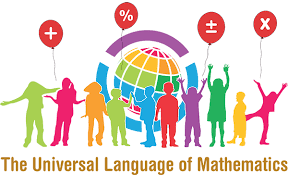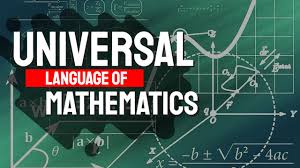Bridging Cultural Gaps Through Mathematics: A Global Classroom Perspective
I feel lucky to be a math teacher! As a math teacher in an international school, I have the unique opportunity to witness firsthand how mathematics serves as a universal language, transcending cultural and linguistic barriers. In this post, I’ll share my experiences and insights on how math education in a diverse classroom setting can foster cross-cultural understanding and global citizenship.
The Universal Language of Numbers
Mathematical symbols and concepts are understood globally, regardless of one’s cultural or linguistic background. This universality helps students from different parts of the world connect with each other through the shared language of mathematics. Whether it’s solving equations or exploring geometric patterns, the fundamental principles of mathematics provide a common ground for students to engage and collaborate.
Problem-Solving Across Cultures
One of the most rewarding aspects of teaching in an international school is witnessing the diverse approaches to problem-solving in mathematics. Students from various cultural backgrounds bring unique perspectives and methods to the table, which often lead to insightful discussions and the discovery of alternative solutions. By encouraging this exchange of ideas, I’m able to help both myself and my students develop a more well-rounded understanding of mathematical concepts and the flexibility to adapt their problem-solving strategies.
 Overcoming Language Barriers in Math Education
Overcoming Language Barriers in Math Education
Teaching mathematics in a multilingual classroom requires a thoughtful approach to ensure that all students can access and comprehend the content. I rely heavily on visual aids, activities, and collaborative learning strategies to help bridge the language gap. By focusing on the universal nature of mathematical symbols and concepts, I’m able to facilitate effective learning, regardless of the students’ native languages.
Building a Global Math Community
To further strengthen the connections between my students and their peers around the world, I’m going to help organize international math competitions and events, such as Math Kangaroo. These platforms not only showcase the mathematical talents of our students, but also foster a sense of camaraderie and mutual respect.
In our increasingly interconnected world, the ability to work collaboratively across cultures is invaluable. As math educators in international settings, we have the power to nurture not only strong mathematical skills but also global awareness and cross-cultural competence. By embracing the diversity in our classrooms and using mathematics as a bridge, we can prepare our students to become true global citizens, ready to tackle the complex challenges of our world.




